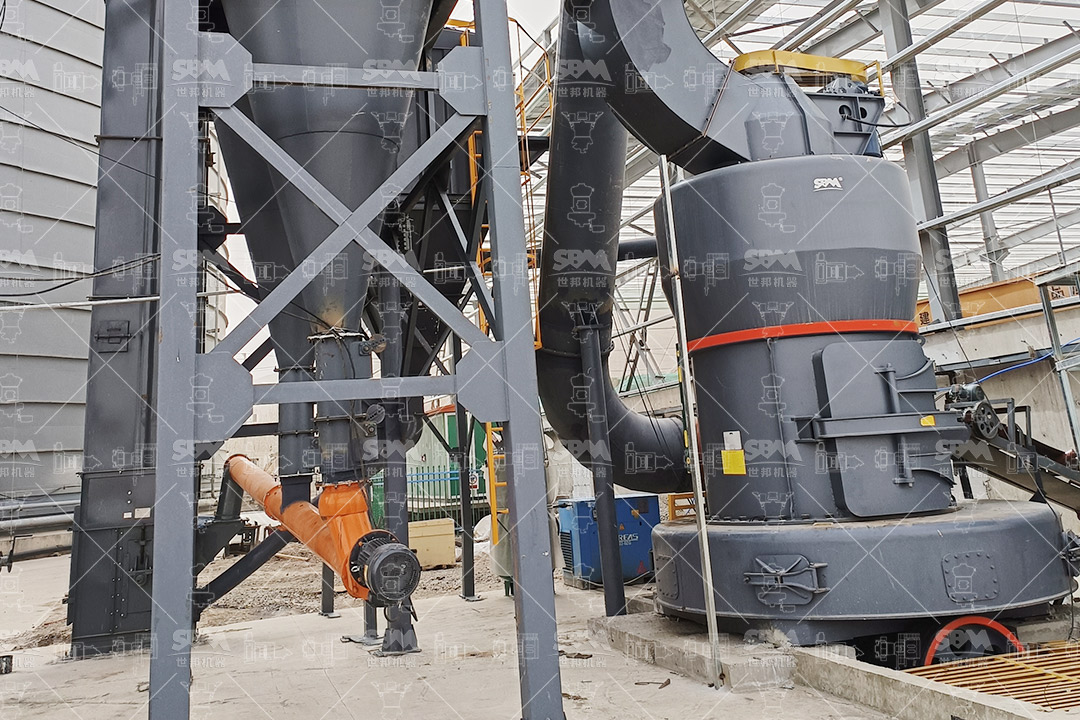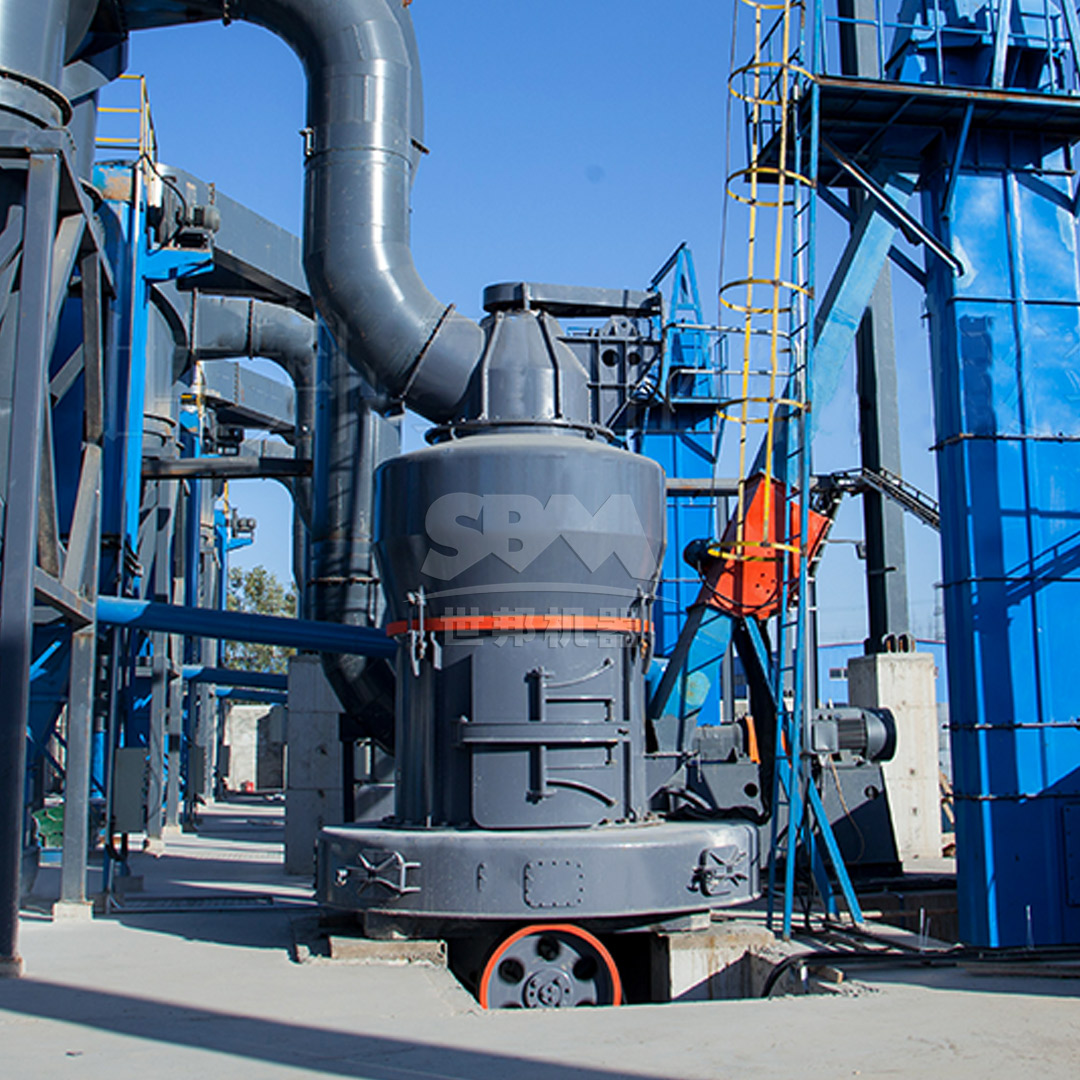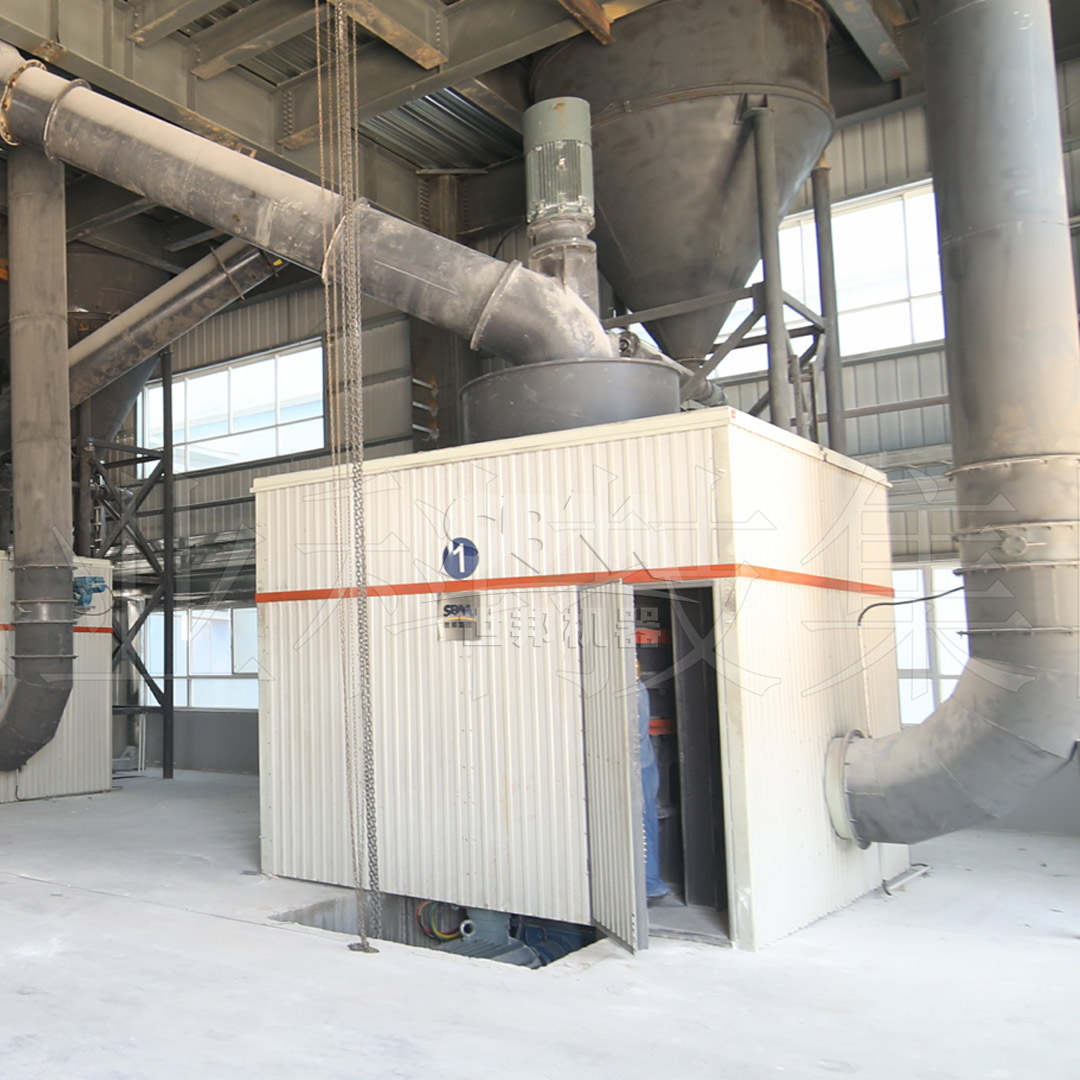Quartz, one of the most abundant minerals on Earth, is prized for its hardness, chemical inertness, and piezoelectric properties. The value of quartz products in industries such as electronics, semiconductors, optics, and high-performance ceramics is directly tied to their purity and particle size distribution. Traditional grinding methods often introduce contaminants and create irregular particle shapes, compromising product quality. Roller mill technology has emerged as a superior solution, offering precise control over the grinding process to produce high-purity, consistently sized quartz powders essential for advanced applications.

In semiconductor manufacturing, even trace amounts of metallic impurities can destroy integrated circuits. For optical applications, inconsistent particle size distribution scatters light, reducing transmission efficiency. High-performance composites require quartz fillers with specific surface areas and particle morphology to achieve optimal mechanical properties. These demanding applications have driven the need for advanced milling technologies that can preserve quartz’s inherent qualities while achieving the required fineness.
Conventional ball mills and hammer mills suffer from several disadvantages when processing quartz:
These limitations become particularly problematic when producing quartz powders for high-value applications where consistency and purity are non-negotiable.
Roller mills employ a fundamentally different approach to size reduction compared to impact-based systems. Rather than relying on violent collisions between grinding media and material, roller mills utilize controlled compression forces applied between grinding elements. This method offers distinct advantages for quartz processing.
The core of roller mill technology involves feeding material between rotating grinding elements—typically a grinding ring and pressurized rollers. As quartz particles pass through the grinding zone, they experience progressively increasing compression forces. This controlled breakdown mechanism:
Integrated classification is perhaps the most significant advantage of modern roller mills. Unlike separate milling and classification systems, roller mills incorporate highly efficient air classifiers that immediately separate properly sized particles from the grinding chamber. This prevents overgrinding and ensures tight particle size distributions. For quartz applications, this means:

Advanced roller mills address the critical issue of contamination through multiple design features:
Quartz undergoes phase transformations at elevated temperatures, with the α-to-β transition occurring around 573°C. Even moderate temperature increases can affect surface properties and promote agglomeration. Modern roller mills incorporate several thermal management strategies:
Modern roller mills feature sophisticated control systems that continuously monitor and adjust operational parameters:
Based on the specific requirements of quartz processing, certain roller mill configurations offer distinct advantages. Our SCM Ultrafine Mill represents an ideal solution for applications demanding the highest levels of purity and finest particle sizes.
Our SCM Ultrafine Mill is specifically engineered for processing high-value materials like quartz where contamination control and precise particle size distribution are paramount. Key features include:
The SCM series employs a unique grinding principle where quartz material undergoes centrifugal dispersion into the grinding path, followed by progressive compression through multiple grinding layers. This controlled, multi-stage reduction process preserves crystal structure while achieving exceptional fineness. The integrated cyclone collector and pulse dust removal system ensure maximum product recovery with minimal environmental impact.
| Model | Processing Capacity (ton/h) | Main Motor Power (kW) | Feed Size (mm) | Final Fineness (mesh) |
|---|---|---|---|---|
| SCM800 | 0.5-4.5 | 75 | 0-20 | 325-2500 |
| SCM900 | 0.8-6.5 | 90 | 0-20 | 325-2500 |
| SCM1000 | 1.0-8.5 | 132 | 0-20 | 325-2500 |
| SCM1250 | 2.5-14 | 185 | 0-20 | 325-2500 |
| SCM1680 | 5.0-25 | 315 | 0-20 | 325-2500 |
For operations requiring higher throughput with slightly coarser final products, our MTW Series Trapezium Mill offers an excellent balance of capacity and quality:

For semiconductor and electronics applications, quartz powders must meet exceptionally strict purity standards, typically with total metallic contamination below 10 ppm. Our SCM Ultrafine Mill with ceramic-lined grinding components achieves these standards through:
Optical applications require not only high purity but also specific particle morphology to control light transmission and scattering. The controlled compression grinding of roller mills produces more equidimensional particles compared to the shard-like fragments generated by impact mills. This results in:
Quartz fillers in advanced composites require optimized surface area and particle size distribution to enhance mechanical properties without compromising processability. Roller mills provide the necessary control to tailor products for specific resin systems, offering:
Beyond quality improvements, roller mill technology offers significant economic and environmental advantages for quartz processors:
The higher efficiency of roller mills translates to lower operating expenses:
Modern roller mills are designed with environmental considerations as a core principle:
Roller mill technology represents a significant advancement in quartz processing capability, enabling manufacturers to meet the increasingly stringent requirements of high-value applications. Through controlled compression grinding, advanced classification, and contamination-minimizing designs, modern roller mills produce quartz powders with unparalleled purity, consistency, and tailored particle characteristics. Our SCM Ultrafine Mill and MTW Series Trapezium Mill incorporate these technological innovations specifically for demanding quartz applications, offering processors the capability to upgrade their product quality while simultaneously reducing operating costs and environmental impact. As quartz applications continue to evolve toward more sophisticated requirements, roller mill technology provides the foundation for next-generation product development and manufacturing excellence.